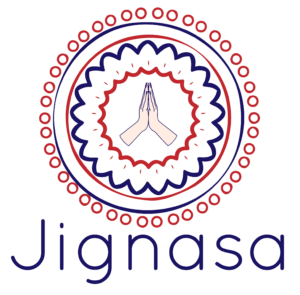Pure and Impure Water
Pure water contains only 2 atoms of hydrogen and 1 atom of oxygen. It is not good for health
as pure water does not contain essential minerals required for human health.
Impure water, besides 2 atoms of hydrogen and 1 atom of oxygen, contains other elements.
Potable and Wholesome Water
Potable water is water safe enough to be consumed by humans or used with low risk of
immediate or long-term harm. Water that is not harmful for human beings is called
wholesome water. It is neither chemically pure nor contains harmful matters to human health.
Requirements of wholesome water:
It should be free from radioactive substances, microorganisms, disease causing bacteria,
objectionable dissolved gases, harmful salts, objectionable minerals and other poisonous
metals.
It should be colorless, and sparkling which is acceptable to the public.
It should be tasty, odour-free, soft, cool and affordable.
It should not corrode pipes.
It should have dissolved oxygen and should be free from carbonic acid so it remains fresh.
Polluted and Contaminated Water
Contamination means containing harmful matter. It is always polluted and harmful for use. Water
consisting of microorganisms, chemicals, industrial or other wastes, large numbers of pathogens (microbes
causing diseases) is called contaminated water. Pollution is synonymous to contamination but is
the result of contamination. Polluted water contains substances harmful for public health.
Two broad categories of water pollution:
a) Point Source: occurs when harmful substances are emitted directly into a body of water. e.g., pipe from an industrial facility emitted directly into a body of water.
b) Non-point Source: delivers pollutants through transport or environmental charge. E.g.
fertilizer from a farm field carried into a stream by rain.
